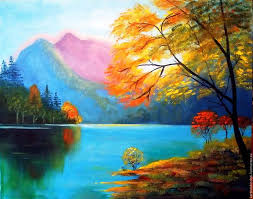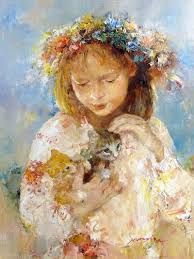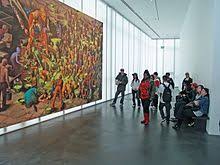dynamics
EXCURSION TO THE WORLD OF GRAPHICS
 Graphics is the art of drawing. A graphic image, as a rule, consists of lines, strokes, dots, etc. By its nature, a graphic image is more conventional than a pictorial one, although the graphic and expressive means of graphics are much the same as in painting. Unlike painting, the color in the graphic is predominantly one (usually black), but there is a graphic that also uses a different color. The graphic also uses stained drawing – a pictorial tool widely used, for example, in the graphic sheets of Mesereel and the Prophet.
Graphics is the art of drawing. A graphic image, as a rule, consists of lines, strokes, dots, etc. By its nature, a graphic image is more conventional than a pictorial one, although the graphic and expressive means of graphics are much the same as in painting. Unlike painting, the color in the graphic is predominantly one (usually black), but there is a graphic that also uses a different color. The graphic also uses stained drawing – a pictorial tool widely used, for example, in the graphic sheets of Mesereel and the Prophet.
Graphic artists can create not only separate sheets, but also entire series of drawings, united by a common theme. Without resorting to the help of color, graphics – art unusually laconic with its avaricious means can and does give pictures of life no less significant in terms of ideology and aesthetics than painting. Continue reading




